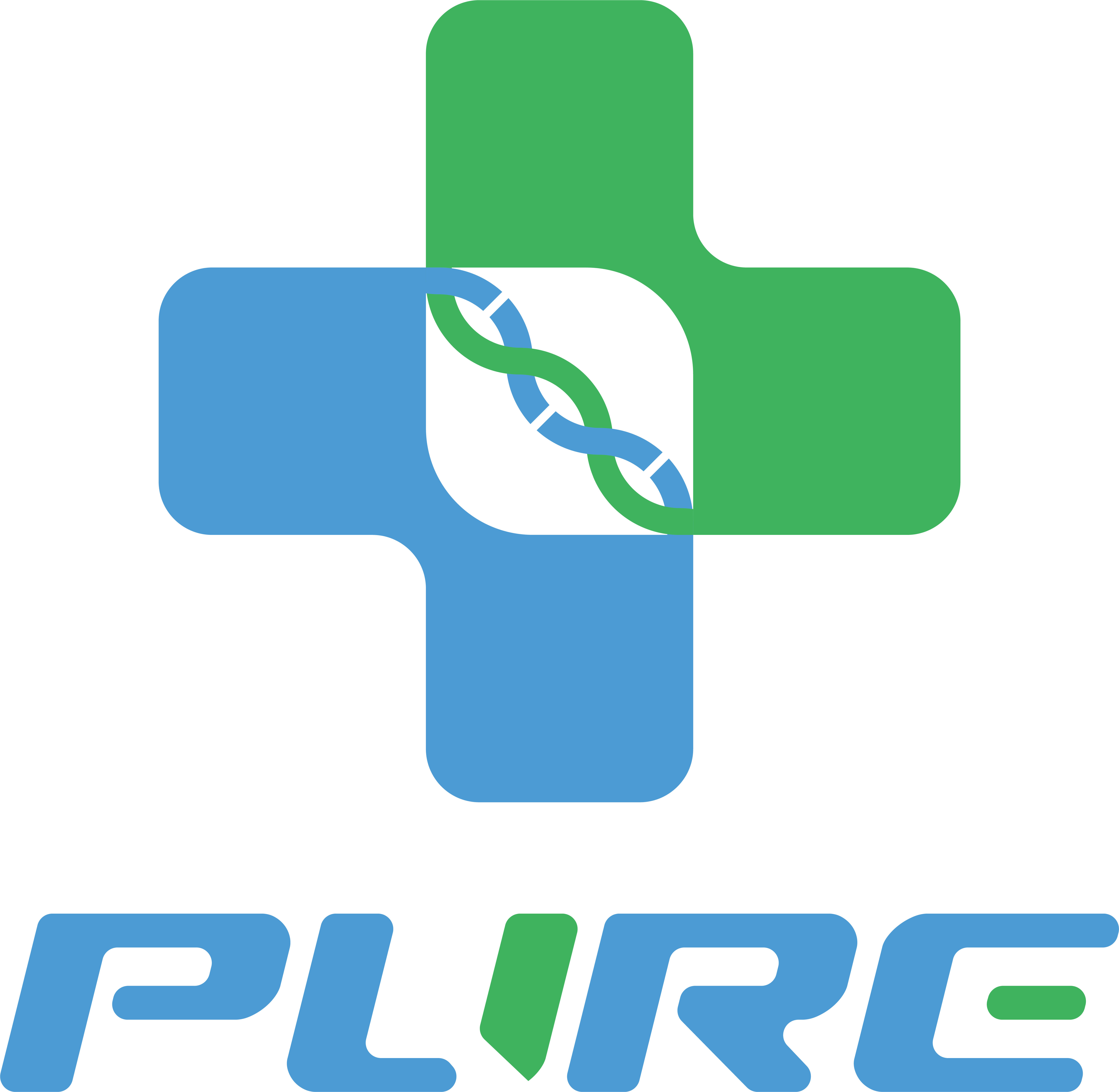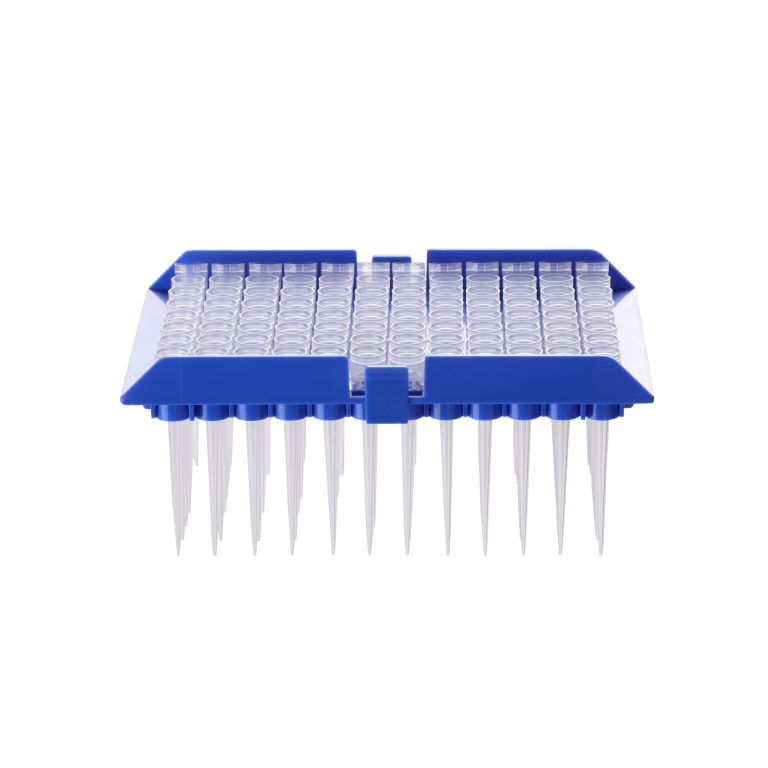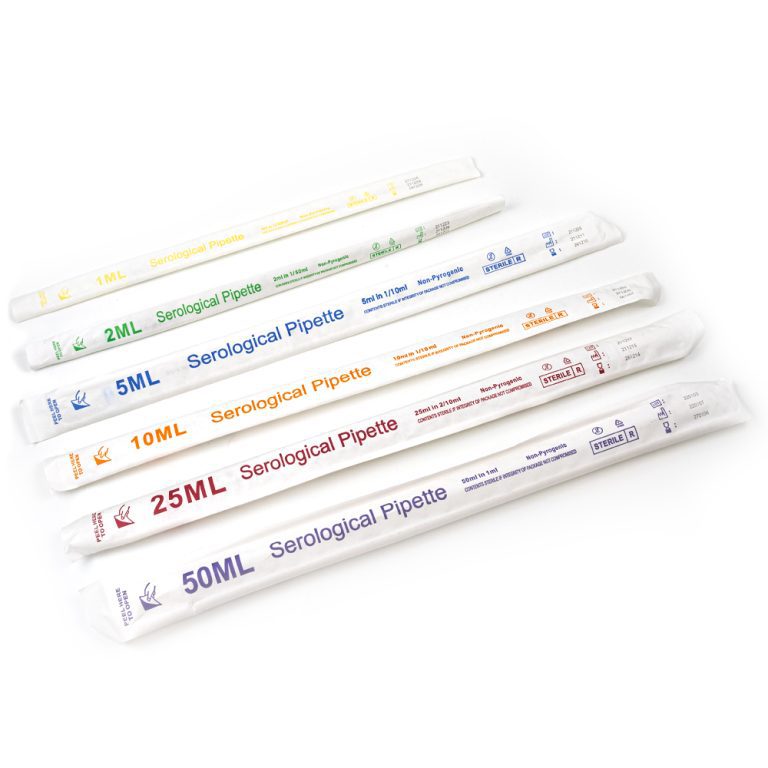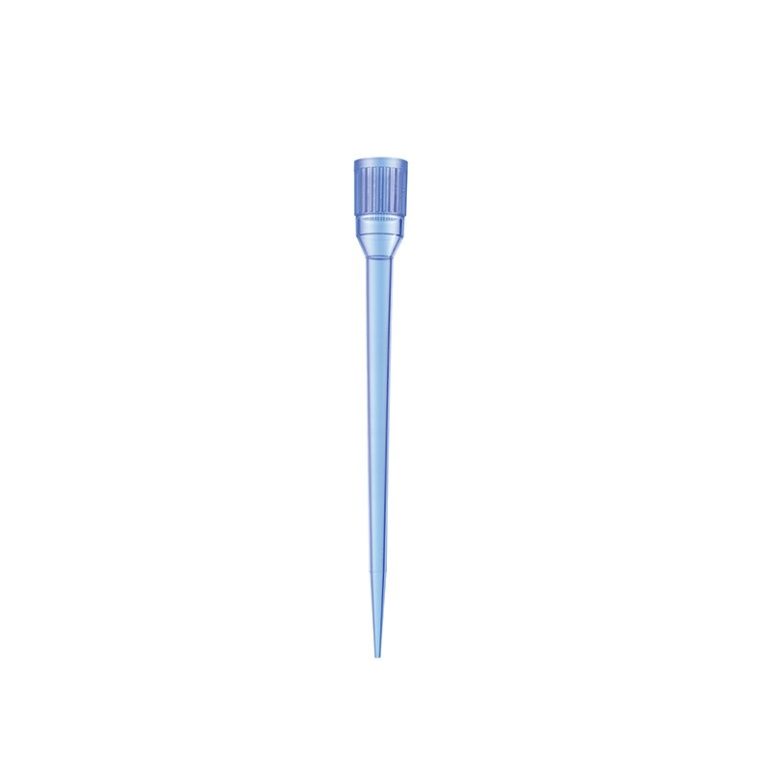A 96-well PCR plate has many uses in PCR-based experiments and assays:
– High-throughput PCR screening or genotyping. The plate allows you to run up to 96 separate PCR reactions for amplifying DNA/cDNA from many samples or conditions.
– qPCR/Real-time PCR. The plate format is ideal for quantitative PCR experiments where fluorescence measurements are made after each PCR cycle. Up to 96 quantitative PCR reactions can be run in parallel.
– Digital PCR. The 96 wells allow partitioning of a sample into many individual reactions for absolute nucleic acid quantification.
– Gradient PCR. Temperature or reagent gradients can be set up across the plate to optimize PCR conditions.
– Primer and assay optimization. Multiple primer pairs or assay conditions can be rapidly tested simultaneously for efficiency.
– Sample duplication/triplication. Important samples can be assayed in multiple wells to account for pipetting errors and variability.
– Pedigree analysis. DNA from members of a genetic pedigree can be analyzed in individual wells for genetic studies.
– Positive and negative controls. Including control reactions in wells across a plate helps ensure assay quality.
– Drug screening/testing. The effects of drugs/compounds on gene expression can be profiled by running qPCR on treated vs. untreated samples.
– SNP genotyping. The plate allows rapid probing of multiple DNA markers or single nucleotide polymorphisms.
– Next-generation sequencing library preparation. Prep of libraries for NGS assays often involves PCR amplification steps.
So in essence, the 96-well format enables running a large number of miniaturized, parallel PCR reactions for experiment efficiency.



